Getting Started with the Control Panel
What We'll Cover
The BigCommerce control panel is where you'll initially set up and configure your store. It's where you'll do most of your product catalog, customer, and order management. You'll also have quick access to sales and marketing reports.

If you’ve used other web content management or ecommerce platform control panels, the layout for the BigCommerce control panel will look and feel familiar. It’s designed so that the most commonly used parts of your store’s backend, like checking orders, adding/editing products, and updating customer data, are accessible from any other part of the store with just one or two clicks.
Dashboard
The dashboard contains setup widgets, gives a quick overview of store reports and recent orders. Click Home on the left navigation to return to the dashboard at any time.
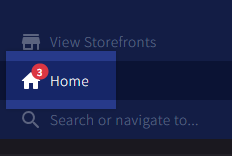
Clicking the bell icon at the top of the dashboard will expand to show notifications and store alerts and events like new order messages, pending reviews, products with low stock, and updates to themes.

Some notifications, such as Script Manager script changes and low stock warnings, cannot be manually dismissed. These notifications will remain in the dashboard until they expire or are acted upon.
Get started guides — This section contains widgets to help you set up various aspects of your store. A checklist will be visible until products, shipping settings, a payment gateway, and taxes have been set up. The smaller widgets contain more information or links to other areas you may wish to set up.
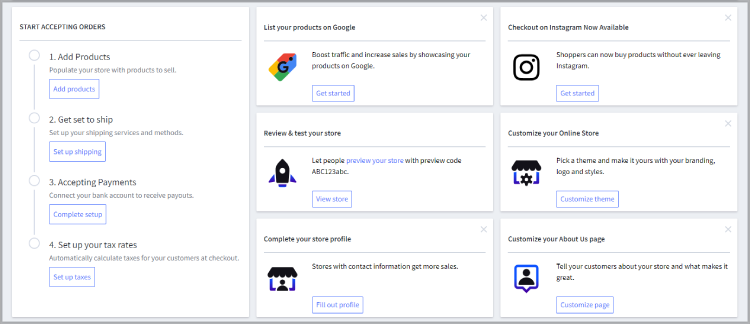
Store performance — The Store performance section shows how your store data is trending over time. You can view store metrics for the current day, week, month or year, as well as for the last 7, 30, or 365 days. You can also compare data from the currently selected time period to the previous time period, or to the previous year. For more detailed reporting, see our article on Ecommerce Analytics.
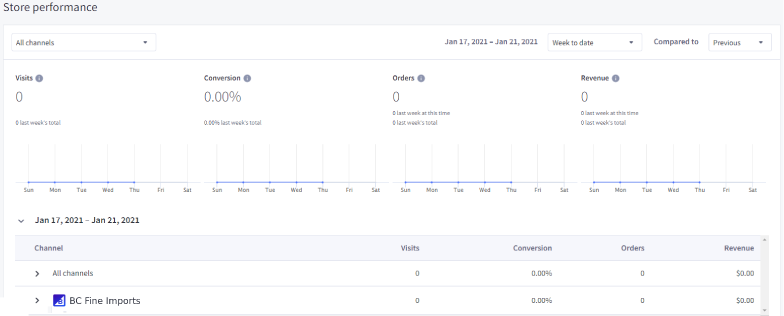
Store statistics — This section shows your store’s lifetime total for orders, as well as the current count of customers, products, and product categories.

Orders — This section shows your store’s most recent orders. In addition, you can toggle to see the most recent orders with a pending, completed, or refunded status. Click on View more ;to see your store’s full orders list.

Did you know? Not all users can view Store Performance and Store Statistics data. See User Roles and Permissions for more details on the required user permissions.
Customizing the Dashboard
Each section can be turned on or off and reordered using the gear icon in the top right. Each user can customize their own dashboard experience without impacting other users. To show or hide a section, click the checkbox next to it. To move a section, click and drag the grip icon to the right of the section name.
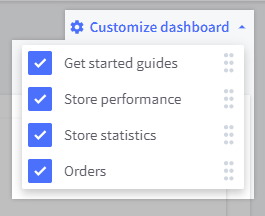
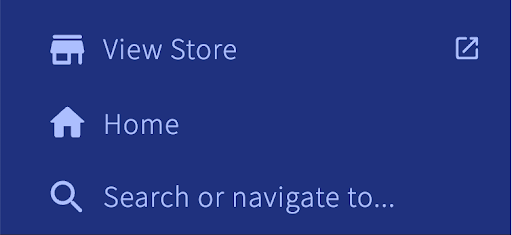

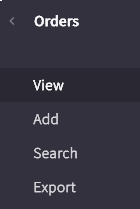
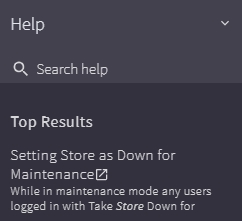
 © Copyright 2003 - 2024 BigCommerce Pty. Ltd. Shopping Cart Software
© Copyright 2003 - 2024 BigCommerce Pty. Ltd. Shopping Cart Software